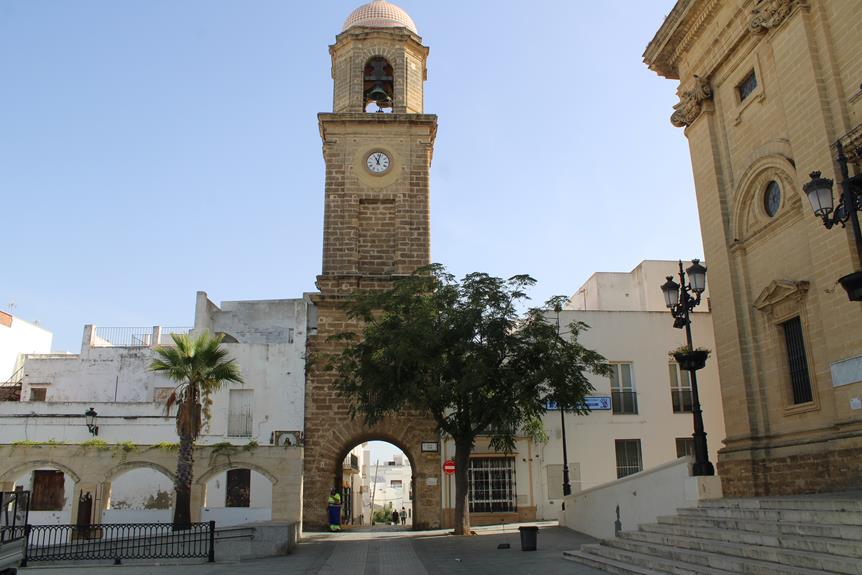
We’ve delved into the annals of history, seeking the enigmatic figure who held the fate of Moorish rule in his hands. Join us as we unveil the identity of the last Moorish ruler of Spain. Through the Arab conquests, the rise of Al-Andalus, and the relentless Reconquista, this leader stood at the precipice of history. Discover the compelling story behind the fall of Granada and the final stand of Moorish power in the Iberian Peninsula.
Key Takeaways
- The Arab Conquests led to the establishment of Islamic rule in Spain, with commanders like Tariq ibn Ziyad leading the Arab armies in conquering the Iberian Peninsula.
- The Moors, who were of Arab, Berber, and North African descent, brought advanced knowledge in science, mathematics, and agriculture to Spain.
- The Golden Age of Al-Andalus was a period of cultural and intellectual advancements under Moorish rule, marked by remarkable advances in mathematics, astronomy, medicine, arts, literature, and philosophy.
- The Reconquista was a gradual process in which Christian kingdoms reclaimed territory from the Moors, leading to the fall of Granada in 1492 and the end of Moorish rule in Spain.
The Arab Conquests and the Rise of Moorish Rule
We’re currently discussing the Arab Conquests and how they led to the rise of Moorish rule in Spain. The Arab Conquests were a series of military campaigns in the 7th and 8th centuries, led by the Muslim Arabs, which resulted in the establishment of Islamic rule across a vast territory, including Spain. These conquests were motivated by both religious and political reasons, as the Arabs sought to spread the teachings of Islam and expand their empire.
Table of Contents
The Arab armies, led by commanders such as Tariq ibn Ziyad, quickly conquered the Iberian Peninsula, overthrowing the Visigothic rulers and establishing Muslim rule. This marked the beginning of the Moorish period in Spain, which lasted for several centuries. The Moors, who were of Arab, Berber, and North African descent, brought with them their advanced knowledge in various fields such as science, mathematics, and agriculture. They also introduced new architectural styles and artistic techniques, leaving a lasting impact on the region.
Under Moorish rule, Spain experienced a golden age of cultural and intellectual advancements. Cities like Cordoba and Granada became centers of learning, attracting scholars and intellectuals from all around the world. The Moors also introduced new agricultural practices, which led to increased productivity and prosperity in the region.
Overall, the Arab Conquests played a pivotal role in shaping the history and culture of Spain. The influence of Moorish rule can still be seen today in the architecture, language, and customs of the country.
The Golden Age of Al-Andalus
During the Golden Age of Al-Andalus, we witnessed a flourishing of arts, sciences, and intellectual pursuits. It was a time of great progress and innovation, where scholars from different cultures and backgrounds came together to exchange ideas and push the boundaries of knowledge. In the fields of mathematics and astronomy, we saw remarkable advancements, with scholars like Al-Khwarizmi making significant contributions to algebra and the development of the decimal system. In medicine, physicians like Ibn Sina, known as Avicenna, revolutionized the field with their extensive medical encyclopedias. The arts also thrived during this period, with poets like Ibn Zaydun and philosophers like Ibn Rushd, known in the West as Averroes, leaving a lasting impact on literature and philosophy. The city of Cordoba, in particular, became a center of learning and cultural exchange, boasting libraries, universities, and mosques that attracted scholars from all over the world. It was an era marked by tolerance and intellectual curiosity, where people of different backgrounds and beliefs came together to create a vibrant and dynamic society.
The Reconquista: The Beginning of the End
As the Reconquista progressed, the Christian kingdoms steadily reclaimed territory from the Moors, and the balance of power began to shift in their favor. It was a long and arduous process, spanning several centuries, but gradually the Christian forces gained ground and pushed the Moors back. The momentum of the Reconquista was undeniable, and it seemed as though the end was in sight.
The Christian kingdoms, united in their desire to rid the Iberian Peninsula of Moorish rule, fought valiantly and strategically. They employed various tactics, such as utilizing superior military technology and forming alliances with other Christian powers. With each victory, their confidence grew, and they became more determined to regain control over their lands.
The Moors, on the other hand, found themselves on the defensive. They were faced with the daunting task of defending their remaining territories from the relentless Christian onslaught. Despite their best efforts, their grip on power weakened, and they were gradually pushed further south.
As the tide turned in favor of the Christian kingdoms, the last Moorish stronghold, the Emirate of Granada, stood as a testament to the once powerful Muslim presence in Spain. However, its days were numbered. The Reconquista was nearing its end, and it was only a matter of time before the Christian forces would claim victory and bring an end to Moorish rule in Spain.

The Fall of Granada: The Last Stand of Moorish Rule
We eagerly awaited the final chapter in the epic tale of the Fall of Granada, where the last stand of Moorish rule would be decided. The tension was palpable as we gathered around, anxiously awaiting the outcome of this historic event. The fall of Granada marked the end of an era, a turning point in the history of Spain. For centuries, the Moors had ruled over this land, leaving their indelible mark on its culture, architecture, and language. But now, their reign was coming to an end.
As we watched the events unfold, we couldn’t help but feel a mixture of excitement and sadness. Excitement, because we were witnessing a pivotal moment in history, the culmination of years of conflict and struggle. Sadness, because we knew that with the fall of Granada, an important chapter in Spain’s history was closing.
The battle was fierce, with both sides fighting valiantly for their cause. But ultimately, the forces of Catholic monarchs, Ferdinand and Isabella, emerged victorious. The surrender of Granada in 1492 marked the end of Moorish rule in Spain and the beginning of a new era.
The fall of Granada had far-reaching consequences, not only for Spain but also for the world. It paved the way for the exploration and colonization of the Americas and the spread of Christianity. It also marked the beginning of the Spanish Inquisition, a dark period in history.
As we reflect on the Fall of Granada, we can’t help but marvel at the significance of this event. It was a turning point that shaped the course of history and left an indelible mark on the world. We eagerly await the next chapter in this ever-evolving tale.
Unveiling the Identity of the Last Moorish Ruler
We are eager to uncover the true identity of the last Moorish ruler and unravel the mysteries surrounding their reign. The history of Moorish rule in Spain is a fascinating and complex chapter in our past, and the identity of the final ruler remains a topic of speculation and debate among historians. While there are several contenders for this title, there is no definitive answer yet.
One of the most popular candidates for the last Moorish ruler is Boabdil, also known as Muhammad XII. He was the last sultan of Granada, the final stronghold of Moorish power in Spain. Boabdil’s reign was marked by internal conflicts and external pressures from the Catholic Monarchs, Ferdinand and Isabella. Eventually, Granada fell to the Christian forces in 1492, bringing an end to the Moorish presence in Spain.
However, there are other theories and contenders for the title of the last Moorish ruler. Some historians argue that it was actually his mother, Aixa, who held the title after Boabdil’s abdication. Others propose that it was Abu Abdullah Muhammad, who briefly ruled Granada after Boabdil’s departure.
As we continue to delve into the historical records and examine the evidence, we hope to shed light on this intriguing mystery and uncover the true identity of the last Moorish ruler. By doing so, we can gain a deeper understanding of the complexities of Moorish rule in Spain and its impact on our shared history.
Frequently Asked Questions
What Were the Main Factors That Led to the Arab Conquest of Spain?
The main factors that led to the Arab conquest of Spain were military prowess, internal conflicts among the Visigoths, and the alliance with disenchanted local populations. These factors ultimately paved the way for the establishment of Muslim rule in the region.
How Did Moorish Rule in Spain Contribute to the Development of Science, Art, and Culture?
Moorish rule in Spain greatly contributed to the development of science, art, and culture. Their advancements in architecture, medicine, mathematics, and literature had a lasting impact on the region, fostering a rich and diverse cultural heritage.
What Were the Key Events and Battles That Marked the Beginning of the End of Moorish Rule in Spain?
The key events and battles that marked the beginning of the end of Moorish rule in Spain were the Battle of Tours in 732 and the fall of Toledo in 1085. These events weakened Moorish control and set the stage for their eventual expulsion.
How Did the Fall of Granada Signify the End of Moorish Rule in Spain?
The fall of Granada marked the end of Moorish rule in Spain. It symbolized the culmination of a long, fierce struggle between the Moors and the Christian kingdoms. Victory was achieved, but at a great cost.
Are There Any Theories or Speculations Regarding the True Identity of the Last Moorish Ruler of Spain?
There are various theories and speculations about the true identity of the last Moorish ruler of Spain. Some propose it was Boabdil, while others suggest it could have been his mother, Aisha.




Leave a Reply
You must be logged in to post a comment.